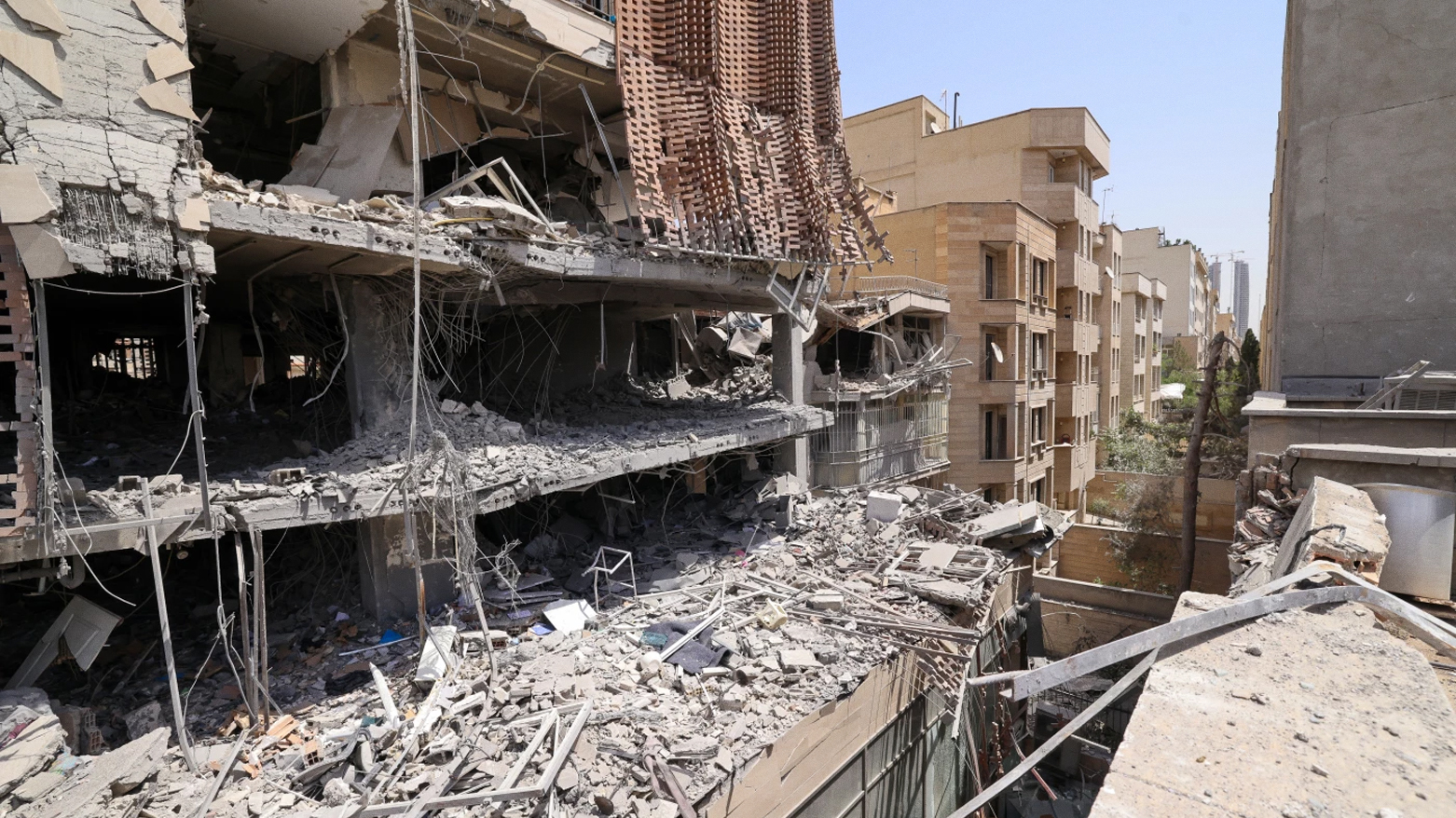Tehran Faces Minimum Three-Year Rebuild for War-Torn Homes
A Tehran official warns rebuilding war-torn homes will take at least 3 years, citing severe equipment shortages and disputes with owners over repair versus reconstruction assessments, according to Iran's ILNA news agency.

ERBIL (Kurdistan24) – The path to recovery for Tehran’s war-damaged residential areas is fraught with significant challenges, with a city official warning that the process of rebuilding even a small fraction of the affected homes will take at least three years due to a critical shortage of specialized equipment and complex negotiations with property owners.
In an interview with the Iranian Labour News Agency (ILNA), Naser Amani, a member of the Tehran City Council, provided a stark assessment of the reconstruction efforts. He identified the most pressing obstacle as a lack of adequate resources. "The most important challenge for reconstruction is the shortage of specialized machinery and equipment for debris removal, which is not available to the Tehran Fire Department (as the primary responsible body) in the quantities needed," Amani told the news agency.
The logistical and bureaucratic hurdles extend beyond equipment shortages. Amani explained that the process requires designating separate debris storage sites for each damaged building and, crucially, reaching an agreement with property owners on the course of action.
"The municipality must reach an agreement with the owners and determine which of the designated categories each building falls into; the categories are 'retrofitting,' 'medium repairs,' and 'rebuilding,' and this process takes time," he stated.
According to the ILNA report, the official statistics on the number of damaged properties remain fluid, a point of contention for the city council member.
"The latest statistic they announced is 8,700 units, 50% of which only require minor repairs (such as replacing windows and painting), and this is in the final stages," Amani said. The remaining properties are divided between those needing structural retrofitting and those requiring complete demolition and reconstruction.
However, Amani emphasized that these figures are subject to change, largely due to disagreements with homeowners.
"Some owners, whose properties are placed in the retrofitting category based on the municipality's assessment, believe their homes have reached the end of their life, that retrofitting is not cost-effective, and that the house should be rebuilt," he explained. "These statistical fluctuations are mainly due to disagreements from owners whose buildings have been placed in the retrofitting category."
This uncertainty complicates any timeline for completion.
While officials recently stated that 50 residential units require demolition and rebuilding, Amani expressed skepticism about the figure's accuracy. "I don't know how accurate this statistic is," he told ILNA. "But even if it's correct, it will take at least three years." He stressed the need for the municipality to announce a final, stable statistic to allow for effective planning.